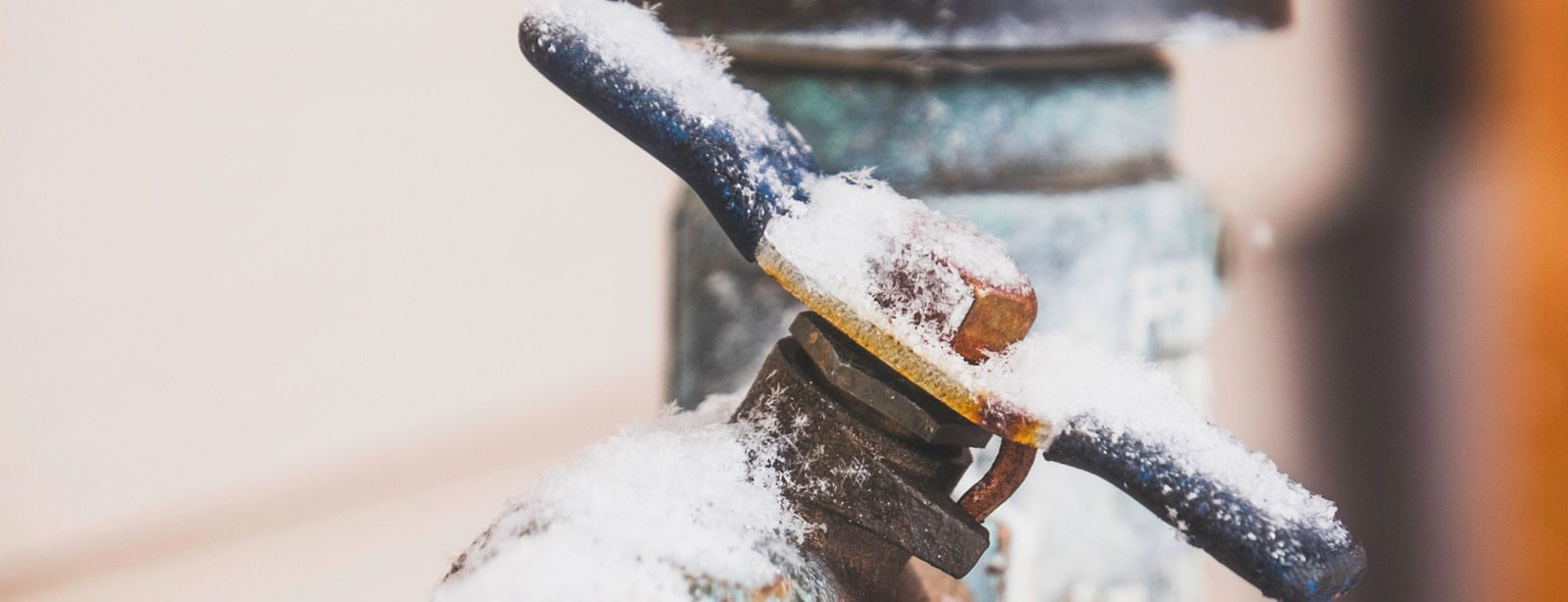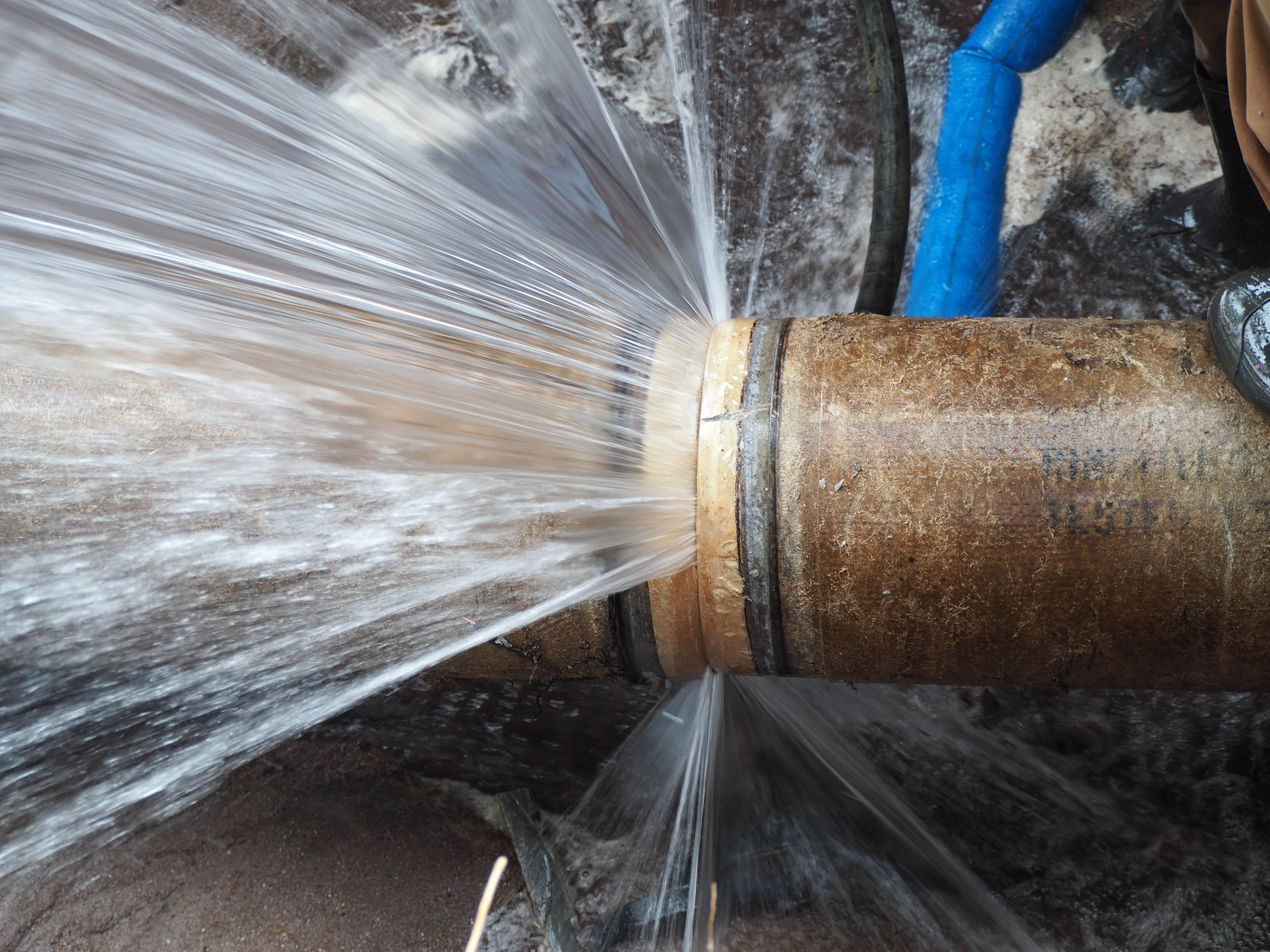Protecting Pipes from Cold Weather Damage: Critical Approaches
Protecting Pipes from Cold Weather Damage: Critical Approaches
Blog Article
Were you looking for ideas involving Preventing and dealing with frozen pipes?

Cold weather can ruin your pipes, especially by freezing pipelines. Below's how to stop it from taking place and what to do if it does.
Intro
As temperature levels drop, the threat of icy pipelines increases, possibly bring about expensive repairs and water damage. Recognizing how to avoid icy pipelines is critical for home owners in cool climates.
Comprehending Icy Pipes
What creates pipelines to ice up?
Pipelines freeze when revealed to temperature levels below 32 ° F (0 ° C) for extended periods. As water inside the pipelines ices up, it broadens, putting pressure on the pipeline walls and potentially triggering them to burst.
Dangers and damages
Frozen pipelines can lead to water system disruptions, property damages, and costly repair work. Ruptured pipes can flood homes and create considerable structural damage.
Indications of Frozen Pipes
Recognizing icy pipelines early can prevent them from bursting.
Just how to determine frozen pipes
Seek decreased water circulation from faucets, uncommon odors or sounds from pipes, and visible frost on revealed pipelines.
Avoidance Tips
Insulating prone pipelines
Wrap pipes in insulation sleeves or use warm tape to shield them from freezing temperatures. Focus on pipelines in unheated or exterior areas of the home.
Heating methods
Keep indoor areas properly heated up, specifically locations with plumbing. Open up closet doors to enable cozy air to distribute around pipes under sinks.
Shielding Outdoor Pipes
Garden tubes and outdoor faucets
Detach and drain pipes yard hose pipes prior to winter season. Set up frost-proof spigots or cover exterior taps with insulated caps.
What to Do If Your Pipes Freeze
Immediate activities to take
If you presume frozen pipelines, maintain taps open up to soothe pressure as the ice thaws. Use a hairdryer or towels taken in hot water to thaw pipelines gradually.
Long-Term Solutions
Architectural changes
Consider rerouting pipes away from exterior wall surfaces or unheated areas. Include additional insulation to attic rooms, cellars, and crawl spaces.
Updating insulation
Buy premium insulation for pipes, attic rooms, and wall surfaces. Appropriate insulation aids keep regular temperature levels and reduces the danger of icy pipes.
Verdict
Stopping icy pipes calls for proactive actions and fast feedbacks. By understanding the causes, indicators, and preventive measures, house owners can secure their pipes throughout cold weather.
5 Ways to Prevent Frozen Pipes
Drain Outdoor Faucets and Disconnect Hoses
First, close the shut-off valve that controls the flow of water in the pipe to your outdoor faucet. Then, head outside to disconnect and drain your hose and open the outdoor faucet to allow the water to completely drain out of the line. Turn off the faucet when done. Finally, head back to the shut-off valve and drain the remaining water inside the pipe into a bucket or container. Additionally, if you have a home irrigation system, you should consider hiring an expert to clear the system of water each year.
Insulate Pipes
One of the best and most cost-effective methods for preventing frozen water pipes is to wrap your pipes with insulation. This is especially important for areas in your home that aren’t exposed to heat, such as an attic. We suggest using foam sleeves, which can typically be found at your local hardware store.
Keep Heat Running at 65
Your pipes are located inside your walls, and the temperature there is much colder than the rest of the house. To prevent your pipes from freezing, The Insurance Information Institute suggests that you keep your home heated to at least 65 degrees, even when traveling. You may want to invest in smart devices that can keep an eye on the temperature in your home while you’re away.
Leave Water Dripping
Moving water — even a small trickle — can prevent ice from forming inside your pipes. When freezing temps are imminent, start a drip of water from all faucets that serve exposed pipes. Leaving a few faucets running will also help relieve pressure inside the pipes and help prevent a rupture if the water inside freezes.
Open Cupboard Doors
Warm your kitchen and bathroom pipes by opening cupboards and vanities. You should also leave your interior doors ajar to help warm air circulate evenly throughout your home.

Hopefully you enjoyed our article about How to prepare your home plumbing for winter weather. Thanks for taking the time to read our article. Enjoyed reading our article? Please share it. Let others locate it. Thank you so much for taking the time to read it.
Give Me A Quote! Report this page